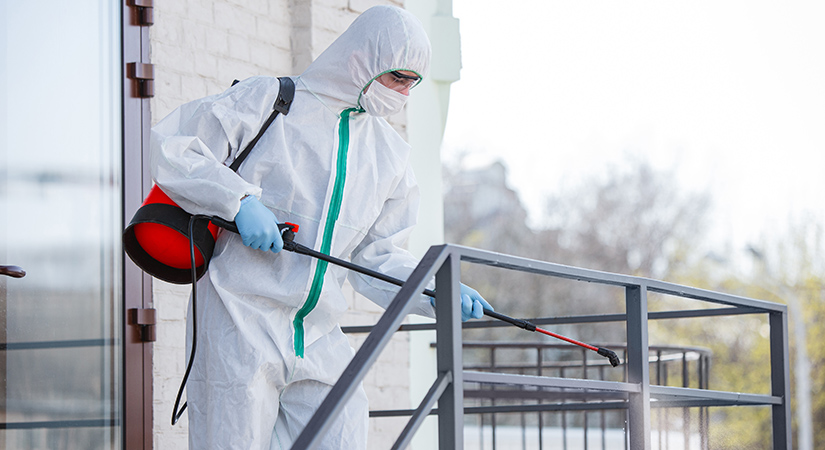General Information
Fleas are small, wingless arthropods, brown or reddish in color, with a flat body that feed on the blood of birds and mammals (dogs, cats, rodents), including humans. A common feature of fleas is that they can make large jumps proportional to their size, up to 20 cm vertically or up to 40 cm horizontally. However, fleas usually do not travel long distances alone, but prefer to wait and jump on a passing animal, where they stay until they are far away. Without a host, adult fleas live only a few days to 2 weeks.
There are different types of fleas. Each species prefers to feed on specific species of animals, but when they are hungry – in the absence of normal hosts – fleas can occasionally feed on other warm-blooded animals nearby, including humans. The “cat flea” (Ctenocephalides felis) is probably the most common species and is commonly found in cats, dogs and indoors.
Flea biological cycle
The life cycle of the flea includes four stages: egg, larva, nymph and adult insect, the duration of which depends largely on the temperature and humidity of the environment. Only adult fleas feed on blood to survive as well as to produce eggs. Adult fleas spend most of their time on animals, where they usually lay their eggs. Eggs often fall from the hair of animals and therefore the immature stages of fleas, such as eggs and their larvae, are mainly found in the animal environment, in places where the animal rests or spends most of its time, on the floor, in or near cracks and crevices, in sleeping covers – pet bedding, on carpets, under furniture.
Eggs generally hatch in a relatively short time (1-16 days) and the emerging larvae (tiny worms) remain hidden in carpets, under furniture and in other sheltered shady areas. the larvae (after a few days to months) turn into larvae inside cocoons they make. From this stage (which lasts a few days to months at low temperatures) adult fleas emerge. Cocoon nymphs are resistant to insecticides, so even after application, young adult fleas may emerge. The emergence of adult fleas from the cocoons is stimulated by movement, pressure or heat and can be delayed until a host animal passes through, which is perceived mainly by vibrations in the environment. Adult fleas are looking for animals directly to
they feed and live for months.
Fleas become a problem when a host of their choice is not available, as is often the case after the death of a pet or in homes where a dog or cat previously lived, as fleas in the early stages of development can remain on carpets and in quiet corners on the floor. up to one year. When this house is inhabited again, then fleas can develop into adults.
Read more at https: // eody .gov.gr / disease / psylloi-prostasia-apo /

